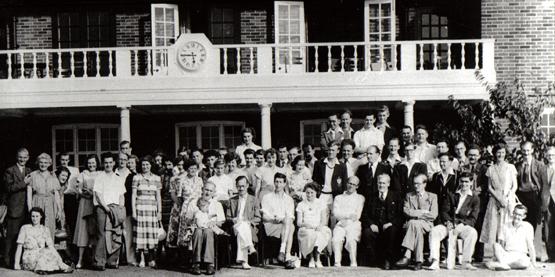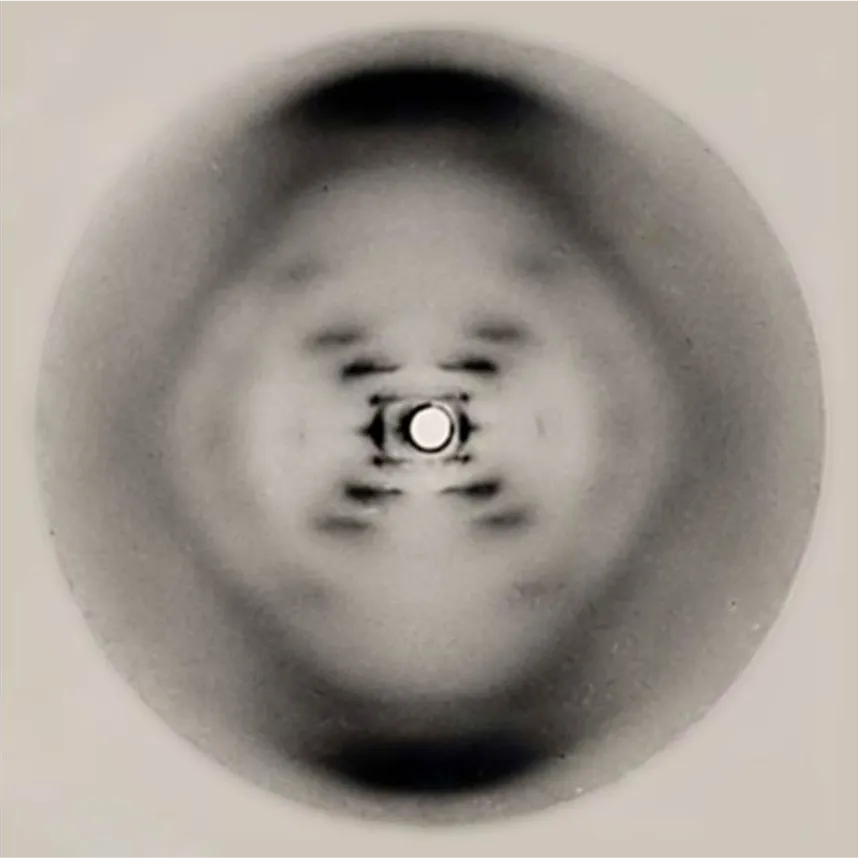Maurice Wilkins
A New Zealand scientist working to make an international difference

In 1953 the double helix structure of DNA was discovered. DNA is the double-stranded molecule that carries all the genetic information of an organism. Each strand consists of alternating deoxyribose, with attached bases (adenine, thymine, guanine or cytosine), and phosphate groups. Sequences along DNA’s deoxyribose-phosphate backbone (genes) code for specific proteins for trait expression or cellular functions. The discovery that DNA is shaped like a twisted ladder was very significant because it provided crucial information on how genetic information is stored and replicated.
“It is essential for genetic material to be able to make exact copies of itself; otherwise growth would produce disorder, life could not originate, and favourable forms would not be perpetuated by natural selection.” (Wilkins, 1962)
Maurice Hugh Frederick Wilkins was born 15th December 1916, in Pongaroa, Wairarapa, New Zealand. At age six, he moved to England and completed a degree in Physics at St John’s College, Cambridge, in 1938. In 1940, Maurice Wilkins did a PhD in Physics at the University of Birmingham.
During WWII he worked on radar technology and later participated in the Manhattan Project. The Manhattan project was a top-secret US effort to develop the atomic bomb during WWII. Maurice Wilkins focused on uranium isotope separation. After the war, Maurice Wilkins, influenced by Erwin Schrodinger’s book What is Life? The Physical Aspects of the Living Cell, transitioned his interests from Physics to studying Biology. He entered the field of Biophysics, joining the Biophysics Research Unit at King’s College in 1946.
In 1950, a European Biochemist named Rudolph Signer produced pure DNA, which he made available to anyone wishing to study the molecule. Maurice Wilkins used this DNA in collaboration with Raymond Gosling, a British scientist, to produce X-ray diffraction images of DNA, which revealed its helical structure. Work by Rosalind Franklin and Raymond Gosling during 1951 and 1952 demonstrated that the sodium salt of DNA prepared by Rudolph Signer could exist in two distinct structures, A and B depending on the water content. This pointed to the key significance of phosphate groups for the structure. Rosalind Franklin took ‘Photograph 51', which provided crucial evidence for the helical structure of DNA.






